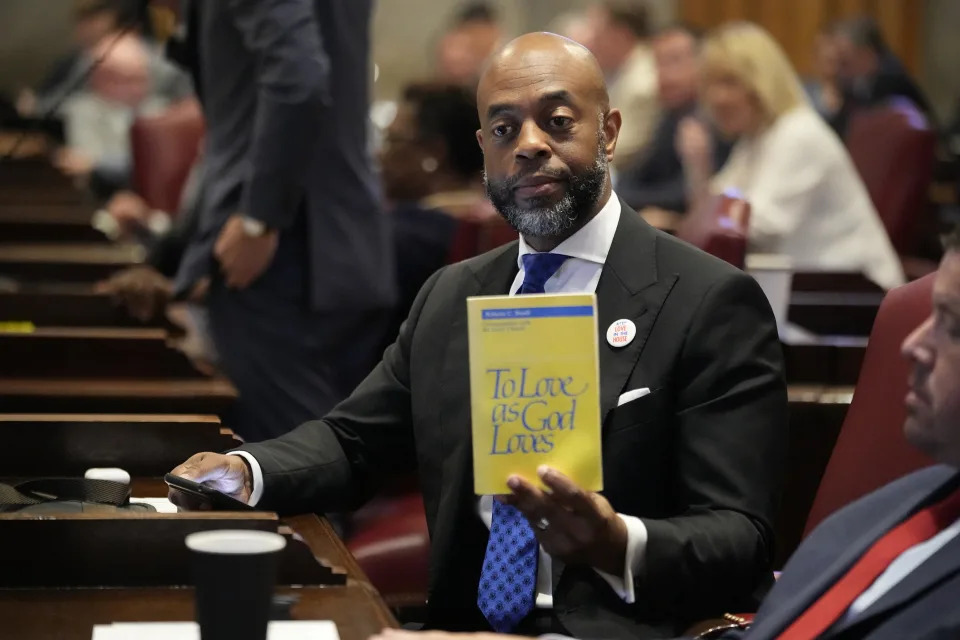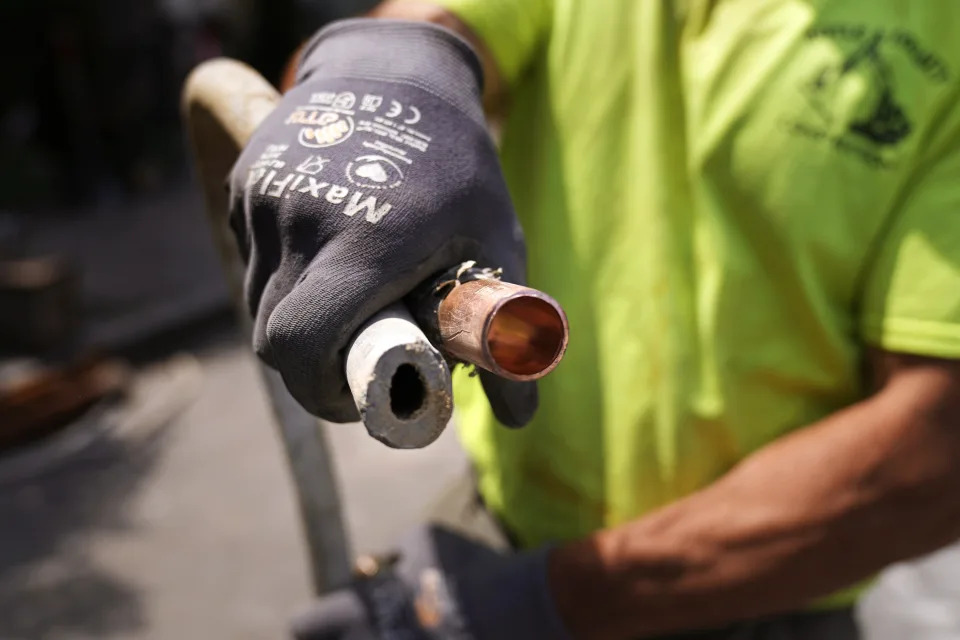Leaked documents reveal devious secret scheme designed to keep utility costs high: ‘[It’s a lot] more expensive’
Rick Kazmer

Lobbyists in the UK’s energy sector say that rules pushing for more heat pumps are a pipe dream.
The Guardian, reporting on leaked documents the newspaper reviewed, wrote that gas boiler industry officials are working to halt rules that would quicken the installation of efficient heat pumps as early as next year.
They’d like the measure to be delayed until 2026, while also pushing for hydrogen alternatives, according to the report.
What’s happening?
The proposed rules would require that, starting in 2024, makers of dirty-energy-burning furnaces need to install more heat pumps as part of a quota system. Fines would be levied for failure.
The UK’s Energy and Utilities Alliance claimed that the rules are unrealistic and that potential fines could be burdensome at hundreds of millions of pounds (or dollars), all per The Guardian.
“The central proposal that boiler manufacturers are able to dictate the products homeowners install in their homes is flawed,” the Alliance wrote in a document cited by The Guardian.
The report said the Alliance (a nonprofit trade association working toward a “sustainable, energy secure” future) is touting hydrogen as an alternative to gas. Hydrogen supporters claimed the transition would be easier to pull off than moving to heat pumps, as gas boilers could be refitted.
Critics in The Guardian report counter that hydrogen is “unsuitable” for home heating.
“[H]eating with hydrogen is a lot less efficient and more expensive than alternatives such as heat pumps, district heating and solar thermal,” Jan Rosenow, Europe’s director at the Regulatory Assistance Project think tank, told The Guardian.
For the Alliance’s part, chief executive Mike Foster sees a future with a variety of systems.
“I am clear that three [technologies] will be needed: heat pumps, distributed heat networks, and hydrogen for home heating,” he told The Guardian.
Why is it important?
Heat pumps are an efficient way to both heat and cool homes. The U.S. Environmental Protection Agency reports that, on average, heat pumps use about half the energy of other electric heat sources. The U.S. Department of Energy lists the pumps as an “energy-saving” alternative to furnaces and air conditioners in “all climates.”
Other sources claim the pumps are up to four times more efficient than furnaces. Laws mandating heat pumps in new construction are starting to be passed in the U.S., as well.
International consensus on their use would be a boon in the effort for more efficient and planet-friendly home heating and cooling.
How to be heat-pump efficient
Keep an eye out for government rebates, which can be worth thousands of dollars for heat pump upgrades. Companies, including Airbnb, have offered incentives to hosts who install the energy-efficient tech.
Before buying a new furnace, research the cleaner alternatives. Twenty minutes of online reading could save you money for decades.























